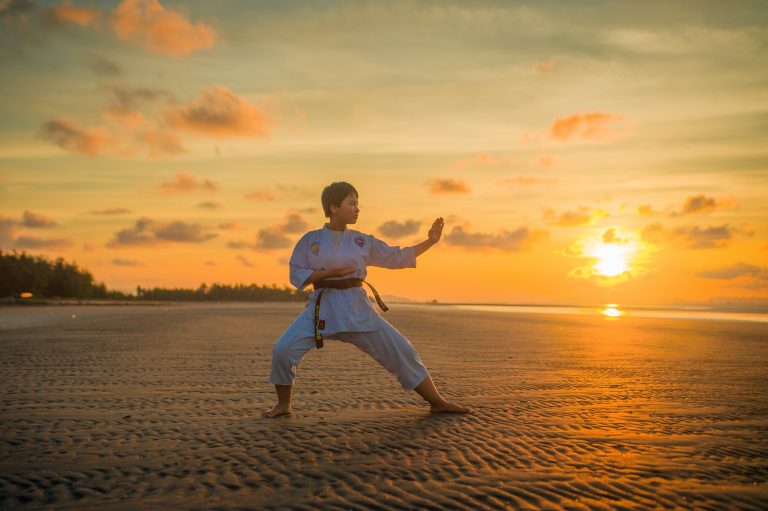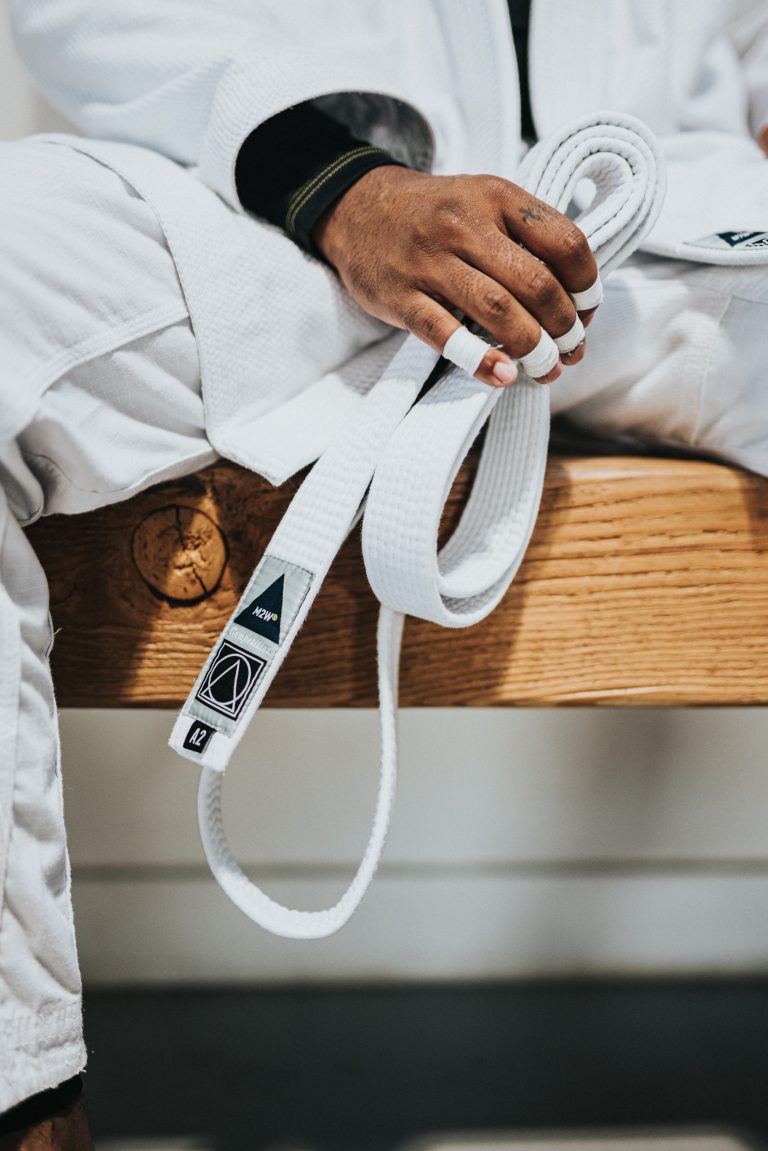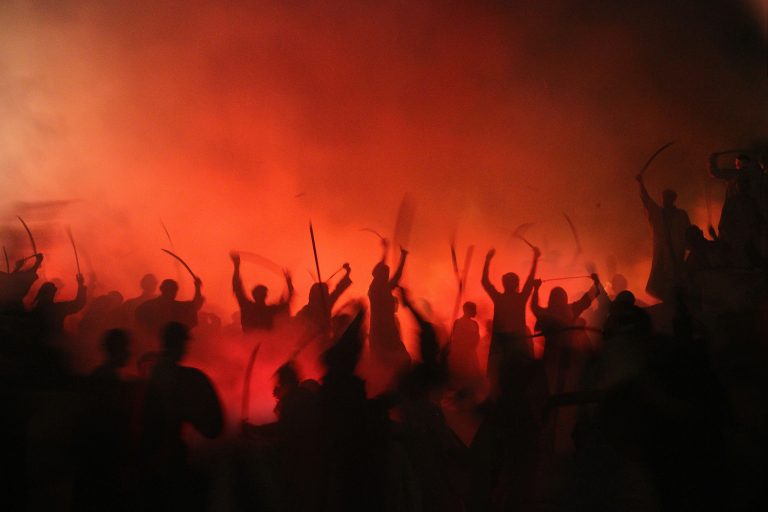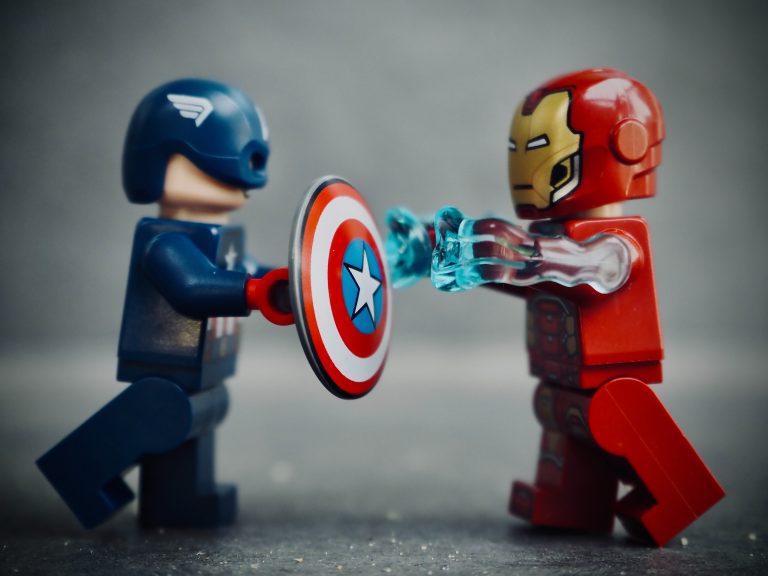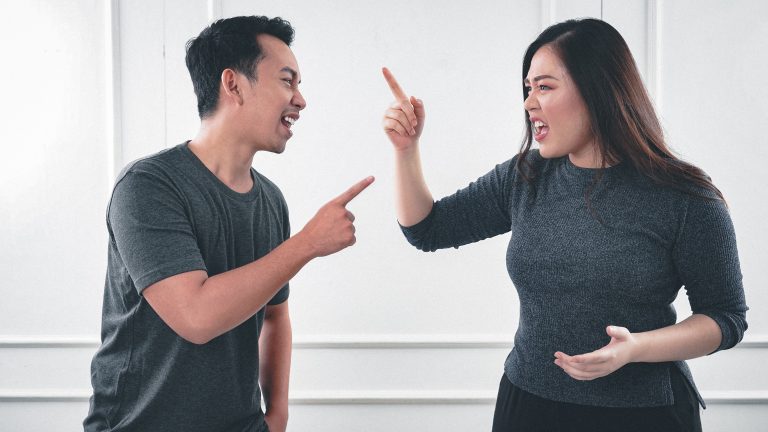Why is Karate Kid 2 So Bad?
When ‚The Karate Kid‘ was released in 1984, it quickly became a massive hit, and it continues to be a beloved classic even today. The story of a bullied teenager who learns to fight back against his oppressors through the guidance of Mr. Miyagi remains a timeless tale. The success of the first movie led to a sequel called ‚The Karate Kid Part II,‘ which hit theaters in 1986. Unfortunately, the sequel was not received as well as the original. In fact, many fans and critics deemed it to be a bad movie. In this blog post, we will dive into the reasons why ‚Karate Kid 2‘ failed to live up to the high standards set by its predecessor.
Poor Writing and Direction
One of the main issues with ‚Karate Kid 2‘ was its weak writing and direction. The plot of the movie revolves around Daniel and Mr. Miyagi traveling to Okinawa, where Mr. Miyagi grew up, to visit his dying father. While they are there, they become embroiled in a long-standing feud between Mr. Miyagi’s former best friend, Sato, and his niece’s new fiancé, Chozen. However, the plot feels thin, and the movie lacks the emotional punch that made the first movie so engaging. Additionally, the pacing is sluggish, and there are too many scenes that seem to exist solely to showcase the Japanese setting. The director, John G. Avildsen, who directed the first movie, seemed to be phoning it in with ‚Karate Kid 2.‘ The sequel lacked the charisma and energy that made the first movie such a standout.
Unconvincing Villains
Another problem with ‚Karate Kid 2‘ was its unconvincing villains. In the original movie, Johnny Lawrence and the Cobra Kai dojo were the perfect arch-nemesis for Daniel and Mr. Miyagi. Their brutal and ruthless methods made them easy to root against. However, in ‚Karate Kid 2,‘ the main villains, Sato and Chozen, lack the same level of charisma and menace. Instead, they come across as caricatures of Japanese villains, complete with stereotypical mannerisms and dialogue. It’s hard to take them seriously, and the tension between the protagonists and antagonists feels contrived.
Re-hash of Original Ideas
Finally, ‚Karate Kid 2‘ suffered from a lack of originality. Much of the movie feels like a re-hash of the original movie’s ideas. For example, Daniel once again finds a love interest in Kumiko, a local girl who he meets in Okinawa, just like he did with Ali in the first movie. Mr. Miyagi once again teaches Daniel a new technique, the „drum technique,“ just like he did with the „crane technique“ in the original movie. While the first movie was praised for its innovative take on the underdog story, the sequel feels like a carbon copy of the original with a new coat of paint.
Introduction
The Karate Kid 2 is a popular 1986 movie that starred actors like Pat Morita and Ralph Macchio. Despite its box office success, it is widely considered to be a weak sequel to the original movie, The Karate Kid. Many people wonder why this is so. In this blog post, we’ll look at the most frequent asked questions surrounding the topic: „Why is Karate Kid 2 so bad?“
Question #1: „Does Karate Kid 2 lack originality?“
One of the reasons many people believe that Karate Kid 2 is not as good as the original is that it lacks originality. The story follows a similar plot to the first movie, but with a predictable love triangle thrown in. While the first movie was fresh and original, the sequel feels like a rehash of the same old story.
Question #2: „Is the acting bad in Karate Kid 2?“
Another common complaint about Karate Kid 2 is the acting. While many of the original cast members returned for the sequel, including Pat Morita as Mr. Miyagi and Ralph Macchio as Daniel Larusso, the acting feels forced and over-the-top. The chemistry between the characters isn’t as strong as it was in the original movie, making it hard for the audience to connect with them.
Question #3: „Did the filmmakers rely too heavily on stereotypes?“
Karate Kid 2 takes place in Okinawa, Japan, and the filmmakers rely heavily on Japanese stereotypes to create a sense of culture and tradition. While the use of cultural stereotypes is not necessarily a bad thing, in this case, it feels overdone and cliché. It’s almost as if the filmmakers were trying too hard to make the audience feel like they were in Japan, rather than letting the story speak for itself.
Question #4: „Was the plot too weak?“
Many people believe that the plot of Karate Kid 2 was not strong enough to carry the movie. While the first movie had a clear goal and sense of urgency (Daniel needed to win the All-Valley Karate Tournament to prove himself), the sequel lacks such focus. The plot revolves around Mr. Miyagi’s past and his reunion with an old love, but it doesn’t feel like there’s much at stake.
Question #5: „Did the fight scenes lack excitement?“
Finally, one of the most significant criticisms of Karate Kid 2 is that the fight scenes lack excitement. While the first movie had several thrilling fight scenes, the sequel’s fight scenes feel slow and choreographed. The final fight scene between Daniel and Chozen lacks the tension and excitement that the first movie’s final fight had.
How to Examine ‚The Karate Kid 2‘ and its Failures
If you are among the many fans of the original ‚The Karate Kid‘ movie, you are probably wondering why and how its sequel, ‚The Karate Kid 2′ turned out so terrible. The film, which aired in 1986, was supposed to be a continuation of the franchise’s success after the massive hit of the original film in 1984. Yet it failed to live up to fans‘ expectations and was considered by many as a disappointment. This is why in this guide, we’ll help you understand why and how ‚The Karate Kid 2‘ turned out so bad.
Step 1: Understand what made the original film great
Before we can examine ‚The Karate Kid 2‘ and its flaws, we need to assess the original film’s strengths. One of the things that made the original ‚The Karate Kid‘ successful was its storyline. It told a relatable story about an underdog, Daniel LaRusso, who became a karate champion through hard work and determination. It also had a memorable and beloved mentor character in Mr. Miyagi, who taught Daniel not just karate but valuable life lessons that resonated with viewers. The movie had a perfect balance of drama, humor, and action, making it a beloved classic.
Step 2: Identify the weaknesses of ‚The Karate Kid 2‘
The second installment of the franchise, on the other hand, lacked a compelling storyline. The movie’s plot was weak and inconsistent, focusing too much on Daniel and Kumiko’s romantic subplot than on karate. Characters that were beloved in the first movie, such as Mr. Miyagi, were underutilized, and new characters like Sato and Chozen were one-dimensional villains that had no depth. The movie failed to deliver the same balance of drama, humor, and action that made ‚The Karate Kid‘ so great, making it a flop.
Step 3: Examine the production issues
One of the reasons why ‚The Karate Kid 2‘ was a failure is because of the production issues behind the scenes. Director John G. Avildsen, who directed the original film, was not involved in the sequel, and this was a significant loss for the franchise. The script also went through multiple drafts and changes, causing inconsistencies in the storyline. The movie relied heavily on stereotypes and cliches about Japan, which offended some Japanese audiences. Additionally, the movie’s budget was higher than the first one, but it didn’t translate to better effects or more elaborated fight scenes.
Step 4: Highlight the criticisms of ‚The Karate Kid 2‘
Upon its release, ‚The Karate Kid 2‘ received negative reviews from critics who pointed out the movie’s weaknesses. They criticized the film’s storyline, the underutilization of Mr. Miyagi’s character, the lack of focus on karate, and the excessive use of melodrama. The movie didn’t stand a chance against the success of the first film, and it failed both commercially and critically.
Step 5: Acknowledge the legacy of ‚The Karate Kid‘ franchise
Despite the failure of ‚The Karate Kid 2‘, the franchise continued with a third film, a spin-off series, and a remake. The original movie is still beloved by millions of fans worldwide, and new generations are discovering the movie through streaming platforms. The franchise’s legacy is a testament to the impact of the original film and Mr. Miyagi’s character, illustrating that stories of underdogs and mentorship still resonate decades later.
Conclusion
In sum, several factors led to the failure of ‚The Karate Kid 2,‘ including weak writing, underutilization of beloved characters, and production issues. The movie’s flaws and criticisms highlight the importance of good storytelling, character development, and the need to respect cultural differences. Although ‚The Karate Kid 2′ failed to live up to fans‘ expectations, the franchise continues to be a cultural icon, and its legacy is still significant today.
Inhaltsverzeichnis

